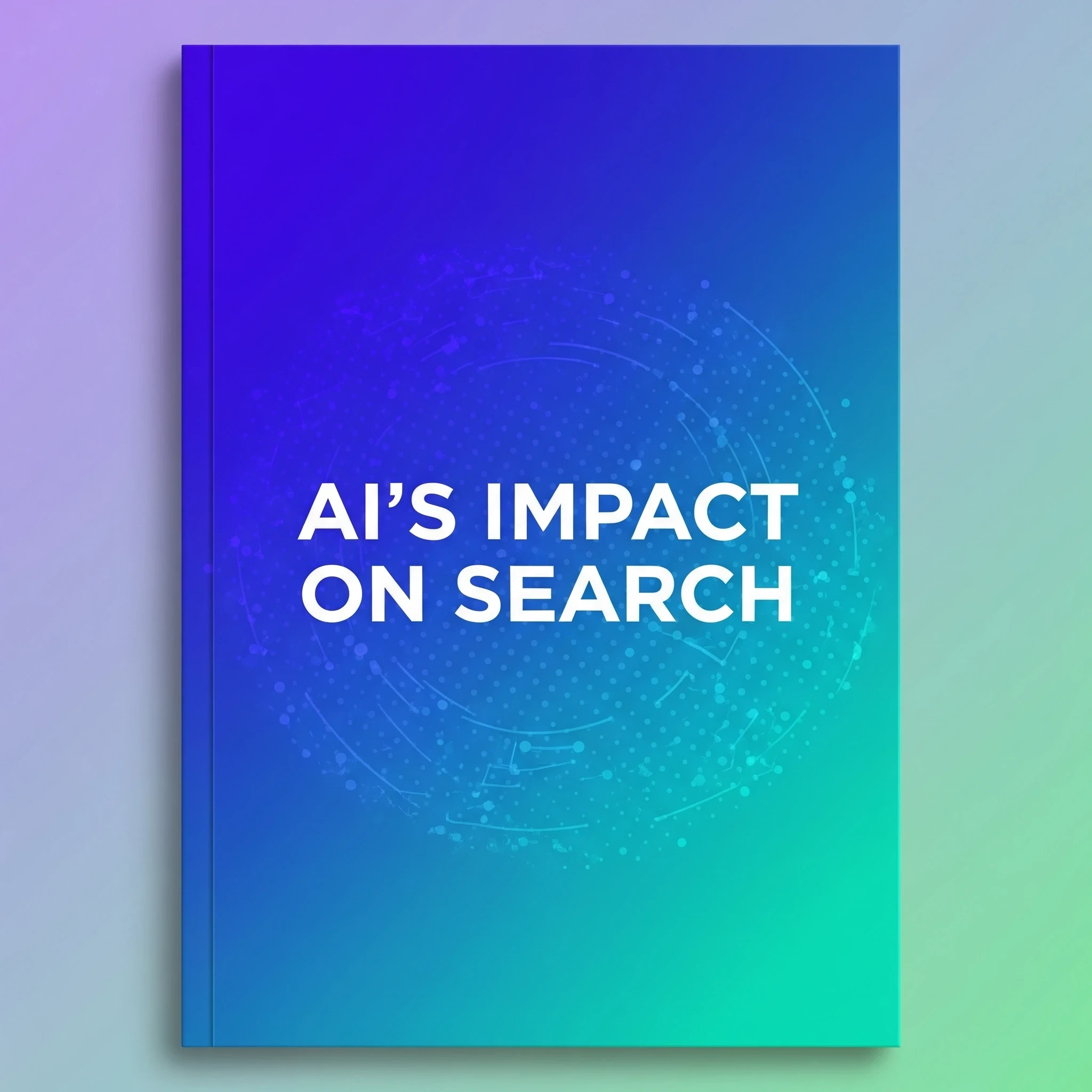
How Google's AI Overviews Work
If you are a new reader/subscriber and haven’t read part 1, I highly encourage you to skim through it for context before you dive into this one.
Previous post: The Impact of AI in Search →
Here’s a quick summary from Part 1:
- You used to have answers to customer’s problems
- Now Google (and AI chatbots) have those answers
- And due to this, over 66% of searches do not result in any clicks!
So, what’s the point of using Google when you’re not getting traffic?
In 2024, 17% of U.S. respondents reported preferring chatbot-style AI answers over traditional Search engines for faster and more precise results. (Statista)
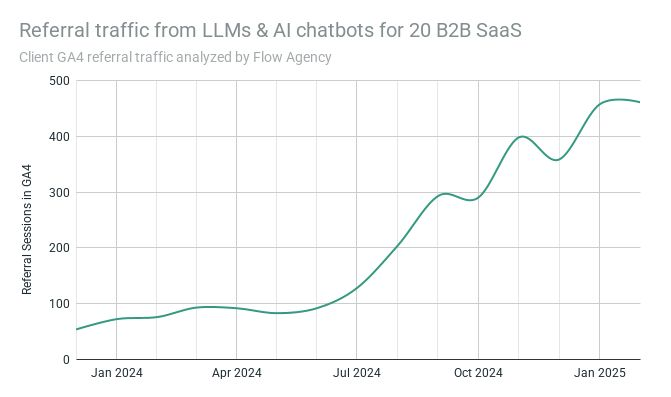
The above graph is from Viola Eva, the founder of Flow Agency about an interesting survey. On her LinkedIn post, what was even more impressive is that Michał Suski, the founder of Surfer SEO, commented that 7% of customers found them through LLMs!
This is an interesting turn of events, don’t you think?
So, there is a silver lining in this bleak world of SEO after all. And one can only imagine how the future of search is going to be.
So, in that spirit, here’s an action plan for you business to appear in AI chat conversations or Google AI overviews.
On the one hand, Google has not been sending traffic to websites, but on the other, we’re seeing that if AI talks about our brand, there is a potential for the reader to visit your website at some point through a citation.
As this technology evolves, we’ll see more recommendations in AI chat.
But how do we get into these AI overviews or AI conversations? How do we get LLMs like ChatGPT to talk about our business? That’s exactly what this edition is about.
We’ll look at two parts of the AI coin - one is Google AI Overviews and the other is AI Chat like ChatGPT, Claude, DeepSeek and so on.
How do Google’s AI Overviews work?
Google has the benefit of having indexed the entire internet.
They’re the world’s leader in ranking pages so they know which ones are authoritative for a user’s search intent.
With AI Overviews, their AI is essentially synthesizing this already cached information and presenting it to the user as an answer. Google AI works similar to how ChatGPT, Claude or DeepSeek work in synthesizing information from a source.
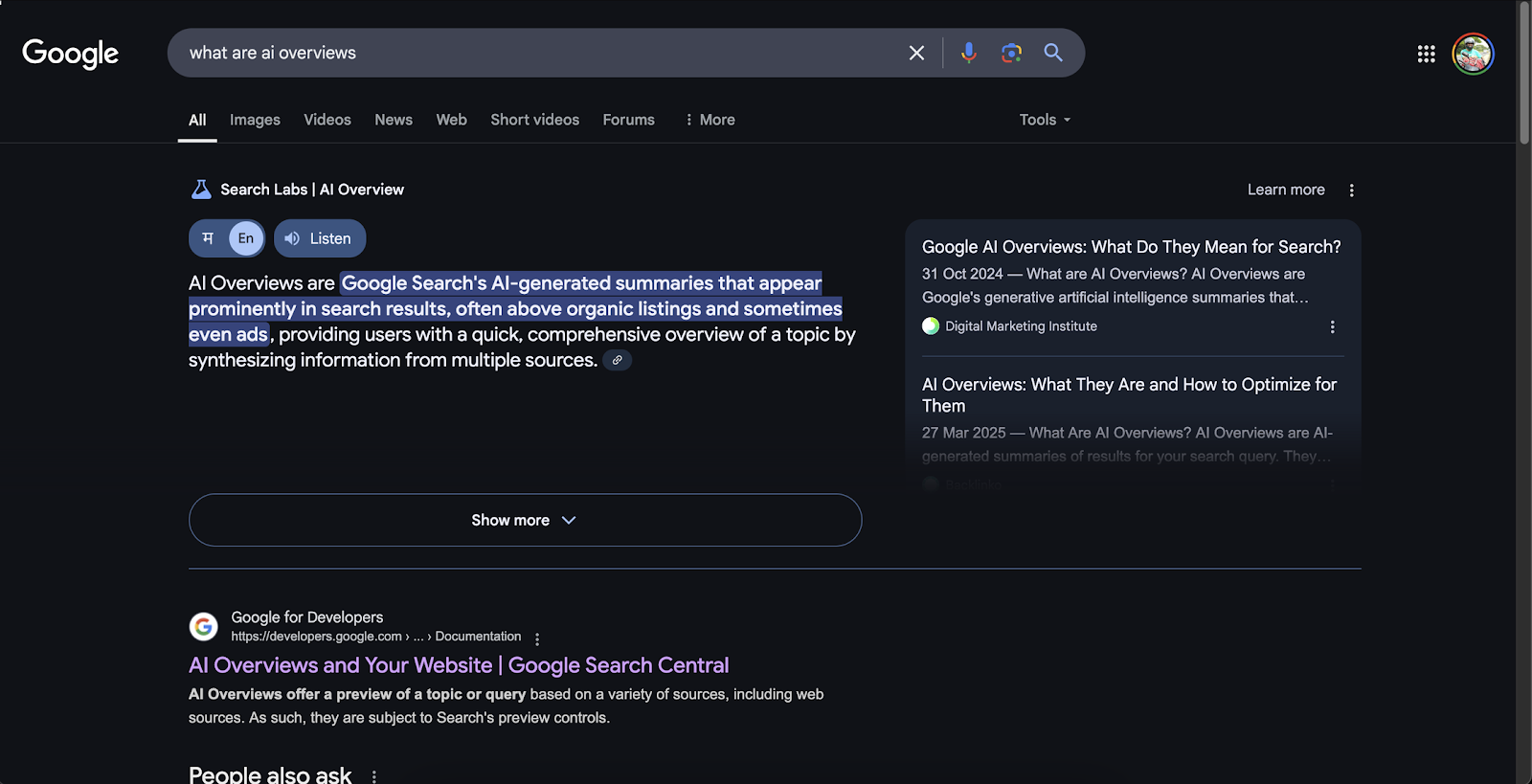
However, Google’s AI has the benefit of being able to leverage the internet and being up to date. Here’s how Google’s AI overviews actually works:
-
Query Processing: When a user enters a search query, Google’s search algorithm analyzes the intent and context of the question.
-
Source Selection: The algorithm identifies and evaluates multiple high-quality sources from across the web that contain relevant information to the query. In most cases, they already know which are high-quality sources for that search.
-
Information Extraction: Google’s AI extracts key points, data, and insights from these sources.
-
Synthesis: Rather than simply quoting or concatenating information, the AI synthesizes the collected information into a coherent, concise summary that directly addresses the query.
-
Attribution: The overview includes links to the sources used to generate the answer, allowing users to click through for more detailed information.
-
Formatting: The AI presents the information in a structured way, sometimes using bullet points, tables, or other formats to enhance readability.
-
Position Zero Placement: The overview appears at the top of search results. We call this “position zero” because these appear above the actual search listings.
Not everything triggers AI overviews
You may have noticed that some searches trigger AI overviews. Most searches still have Google’s snippet at the top - which is the previous version of Google’s summarization of an answer. AIO is still an early product and is being rolled out in phases or so it seems.
Here are couple of my searches, and those who’ve read the Lord of the Rings will appreciate:
First for the query “who was gandalf” - this shows Google’s snippets info

second, for the query “who were the wizards in lord of the rings” - this triggers AI overviews 🤷
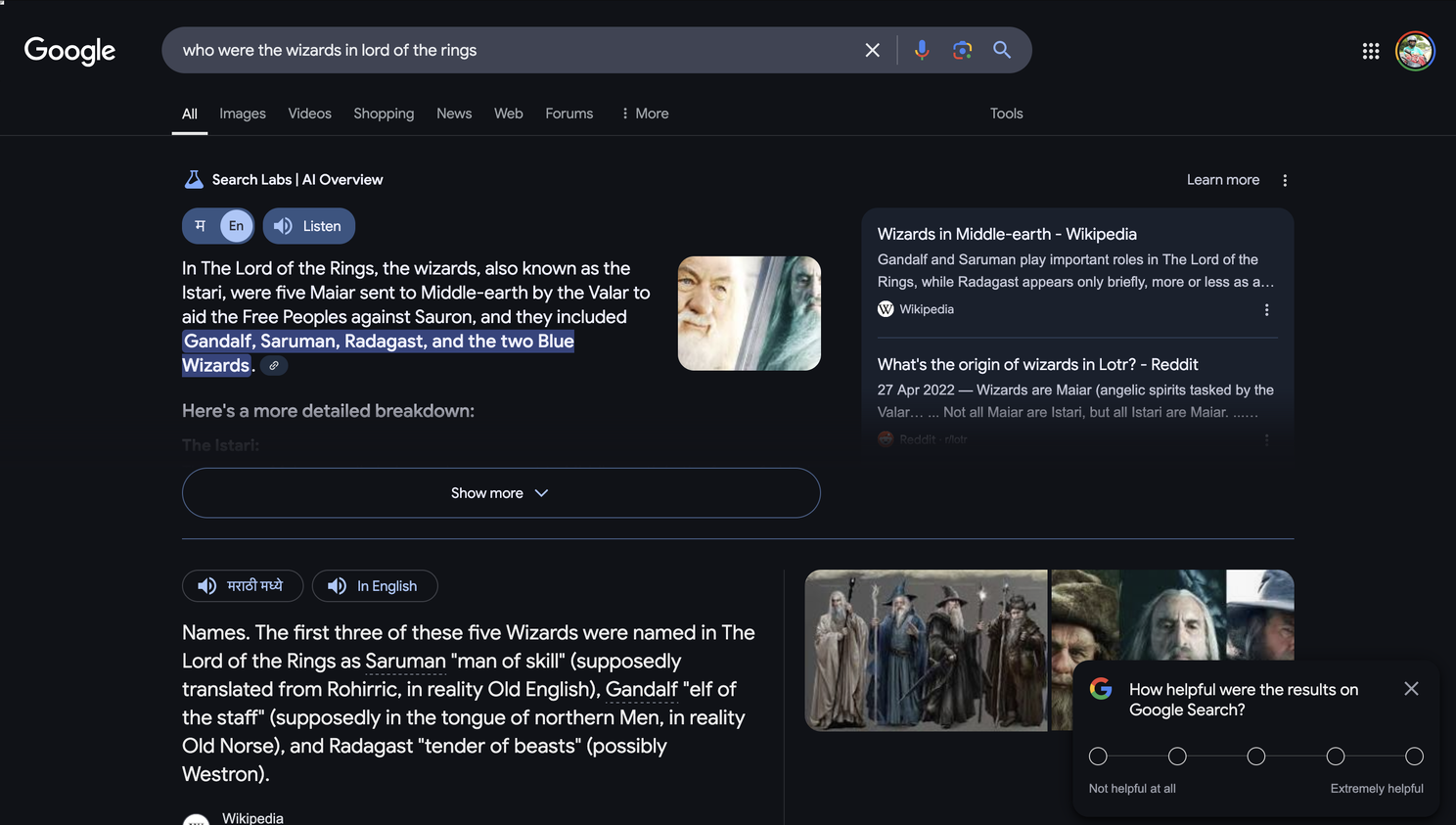
As you can see, the second query triggered an AI overview, but the first didn’t. So I went to find out what actually triggers AI Overviews, and from my reading and observation, it seems it shows for the following type of queries.
What triggers AI Overviews?
-
How-to queries: Searches for step-by-step instructions like “How to change a flat tyre”
-
Definitional queries: Requests for explanations of concepts like “Define blockchain” or “Define LLM”
-
Fact verification: Simple fatcual questions like “Height of Mount Everest” or “what guitar does David Gilmour play”
For the below type of queries, Google’s AI shows overviews sometimes
-
Informational: When it comes to queries around information, there’s a chance it gets triggered, but in most of my searches like the one above and “what is photosynthesis,” it just shows the regular Google snippet.
-
Comparison: Another type of query that is popular are things like “iphone vs android,” for example. And Google does not show AIO for these searches as far as I’ve tried. And I’ve tried comparisons like ‘thinkpad vs mac.” What was funny was when I tried ‘telsa or lamborghini” (a google suggested search), it shows an AIO. It doesn’t show it for “tesla or byd” though, also a google suggested search.
-
List-based queries: Searches for collections of information like “Best national parks” or “Places to visit in Cambodia” - this also shows up sometimes.
-
Topic overviews: I tried “introduction to machine learning” and it shows results directly. However, when I try “introduction to AI,” it shows an AIO.
The one thing I need to do here is to check for a correlation between the search volume of a phrase and the appearance of an AIO. This will be interesting to analyze.
Top-of-the-funnel Content
From the results above, it seems to be mildly clear that Google’s AI overviews show up when the question or search intent is informational, factual and direct.
If there’s any opinion around a topic, there’s a chance Google does not show AIO - however, this needs to be verified with the search volume.
For example, when I tried “what is climate change,” Google does not show an AI overview for this simple question. This phrase has 18k monthly average searches.
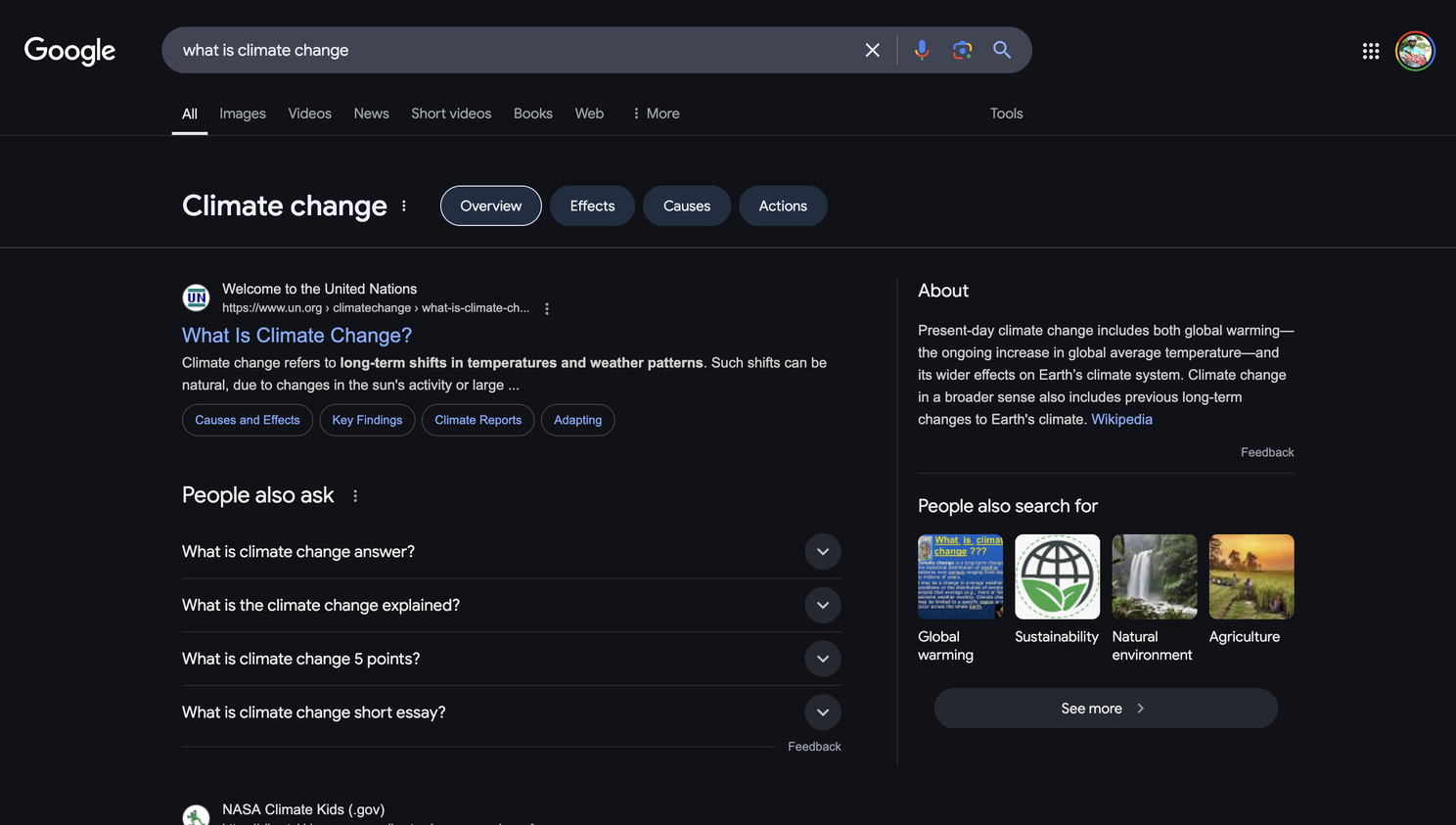
However, when I search for “Is climate change real,” it shows an AI Overview. This phrase has around 6k monthly average searches.

So, like I wrote above, this still needs analysis. However, we know that AIO mostly shows up for informational queries which are driven to learn about a topic or get a quick overview.
So, like I wrote above, this still needs analysis. However, we know that AIO mostly shows up for informational queries which are driven to learn about a topic or get a quick overview.
What about other LLMs?
LLMs like ChatGPT, Claude, Perplexity or DeepSeek are trained on web data continuously.
Search engines like Google or Bing, crawl websites and process structured data. They index this data to understand entities, their relationships, and context.
This information is then incorporated into Knowledge Graphs, which are used by LLMs as part of their training data.
Since the web has gazillions of bytes of data, these are stored in a vector database.
Just know that this is some cool math that converts strings into floating point numbers in a multi-dimensional space that only computers understand.
If the numbers are close to each other, that means they are related.
For example, if I have an article about playstation 5, and accessories for the playstation 5, games to play in 2025 for on the playstation 5, these would basically show up as related items since they’re all talking various topics surrounding the playstation 5.
So if Google AI overviews are showing up for searches with references, it is likely that other LLMs will also reference these businesses as sources for that information since they are trained on the same knowledge graphs that are used by search engines like Google or Bing.
However, we must also note that unlike Google’s AI overviews, most LLM searches don’t actually show references unless asked. I think DeepSeek is probably the only one that shows without asking.
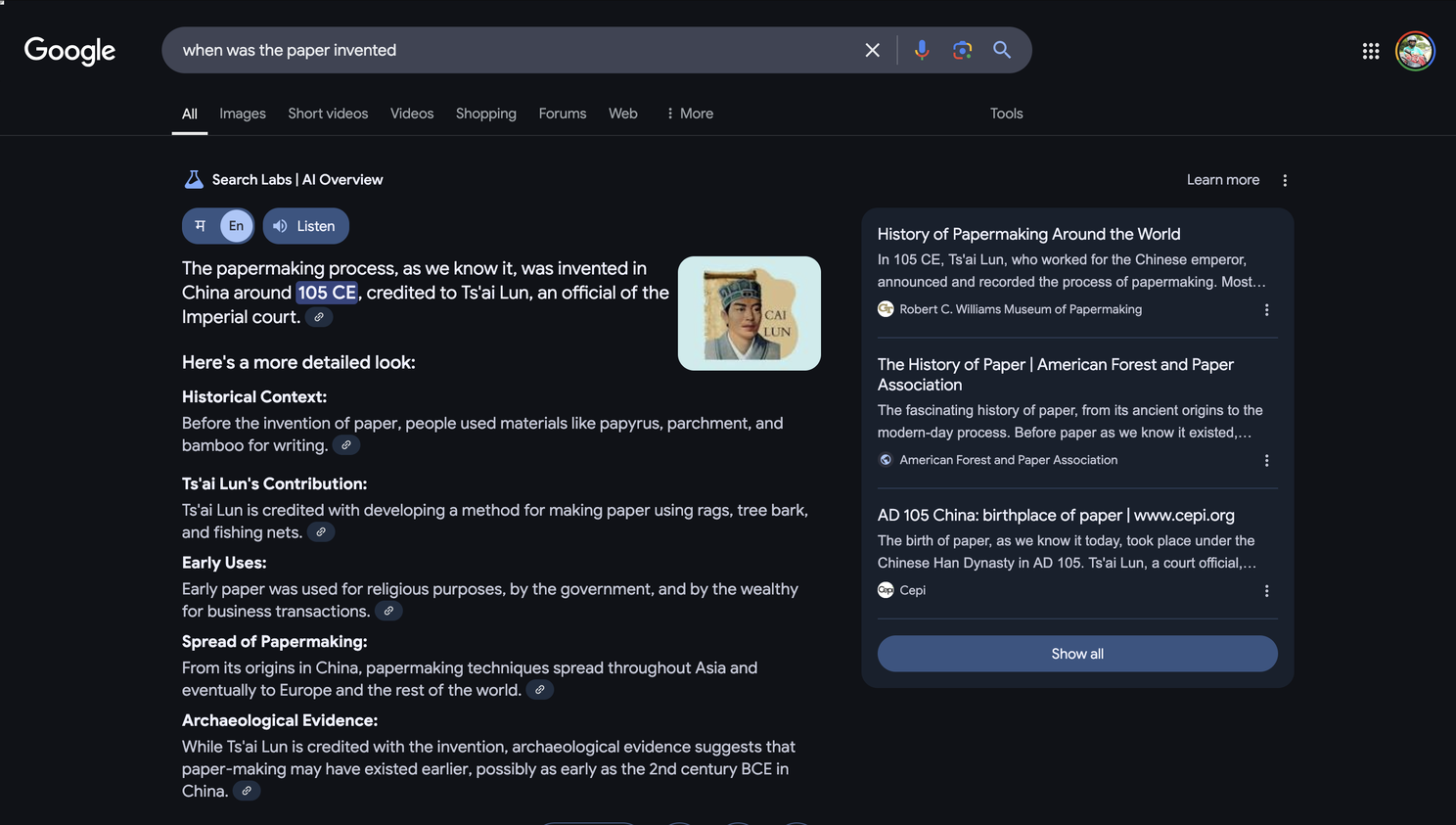
5 tips to appear in Google AI overviews
So, with this information and context, here are 5 strategic steps to undertake right now.
-
Topic Universe Mapping: Create a comprehensive map of related topics in your business domain rather than focusing on random, isolated keywords. Identify core concepts and their relationships to build content with depth and relevance that AI systems can recognize. Use the playstation 5 example above.
-
Semantic Relationship Building: Structure your content to clearly show how concepts relate to each other. AI systems don’t just read words—they interpret meaning through relationships between ideas, so make these connections explicit.
-
User Journey Alignment: Develop content that addresses the complete user journey from initial questions to detailed considerations. AI evaluates relevance based on how thoroughly your content answers questions across the user’s information-seeking process.
-
Strategic Information Hierarchy: Organize content with clear emphasis on key concepts through strategic structure, formatting, and supporting details. This helps AI systems identify what’s most important in your content.
-
Clarity and Context Enhancement: Eliminate ambiguity by providing clear context for potentially confusing terms and implementing structured data markup. This reduces the chance of AI misinterpreting your content and increases its selection confidence.
With topics that have semantic relationships, tied to a user journey stage, it becomes easier for the LLM’s conversation to reference your business when the information clear and organized well.
The 5 steps outlined above will take some time and effort to implement. However, for now, it looks like these are actually the only things needed other than basic SEO to get AI to talk about your company.
For a marketer, especially an SEO, these strategic steps should put you on the right track.
However, if you are a founder or solopreneur, it would be beneficial to create a map of topics and the relationships between them that you can hand off to your in-house marketers or freelancers.
If you want someone experienced in this space to do it for you, send us a message and we’d be happy to help.

